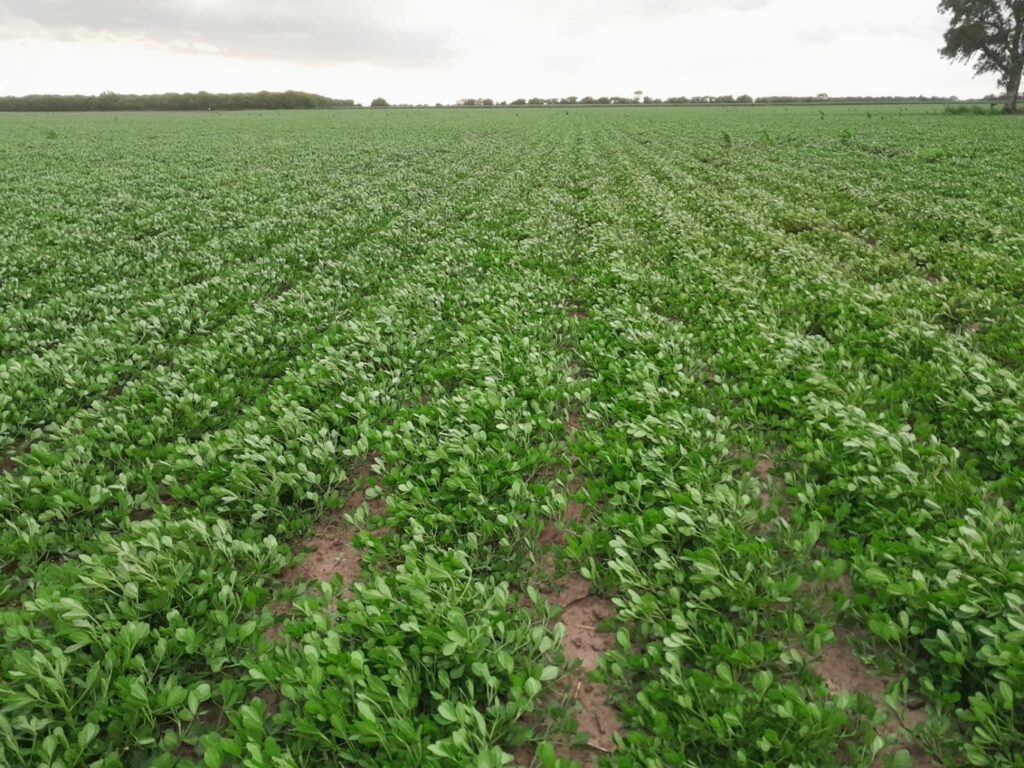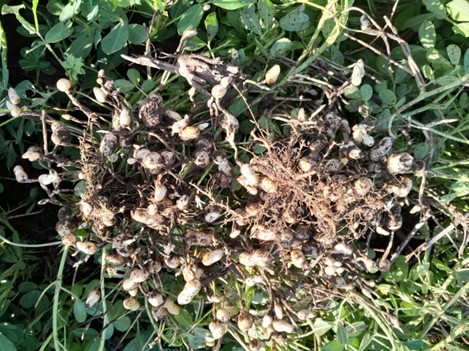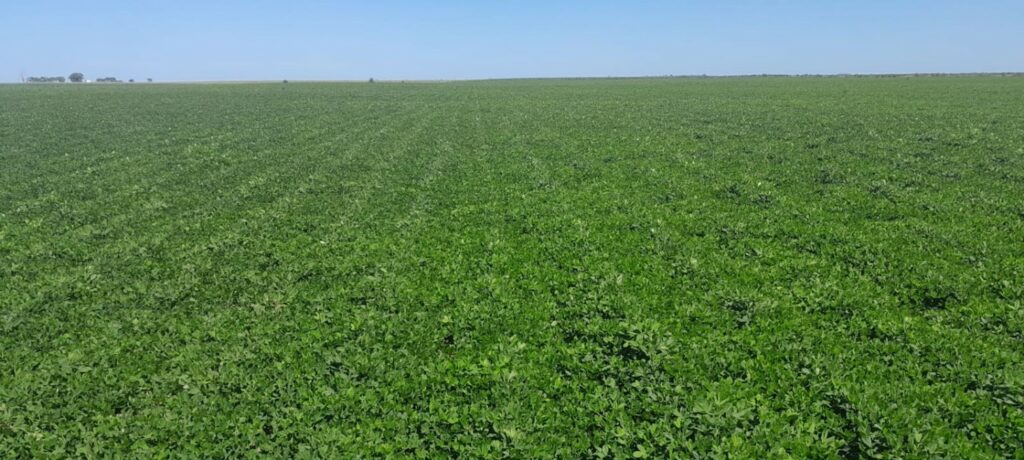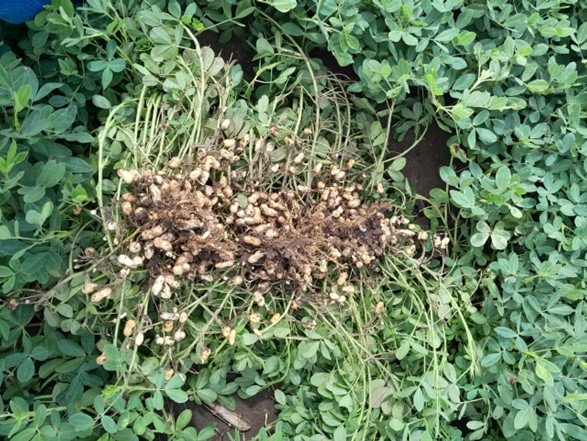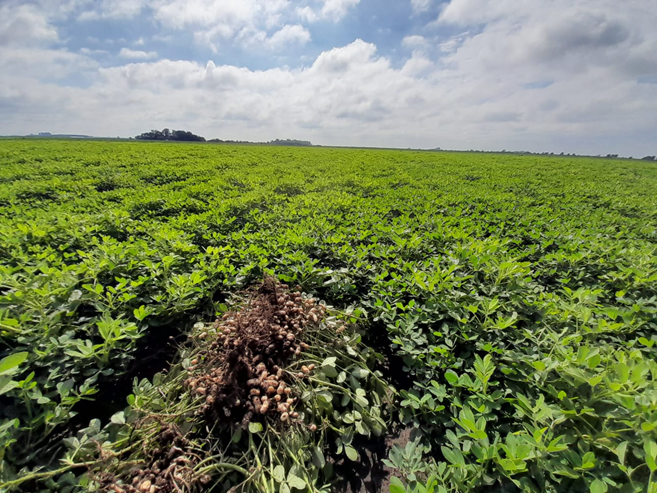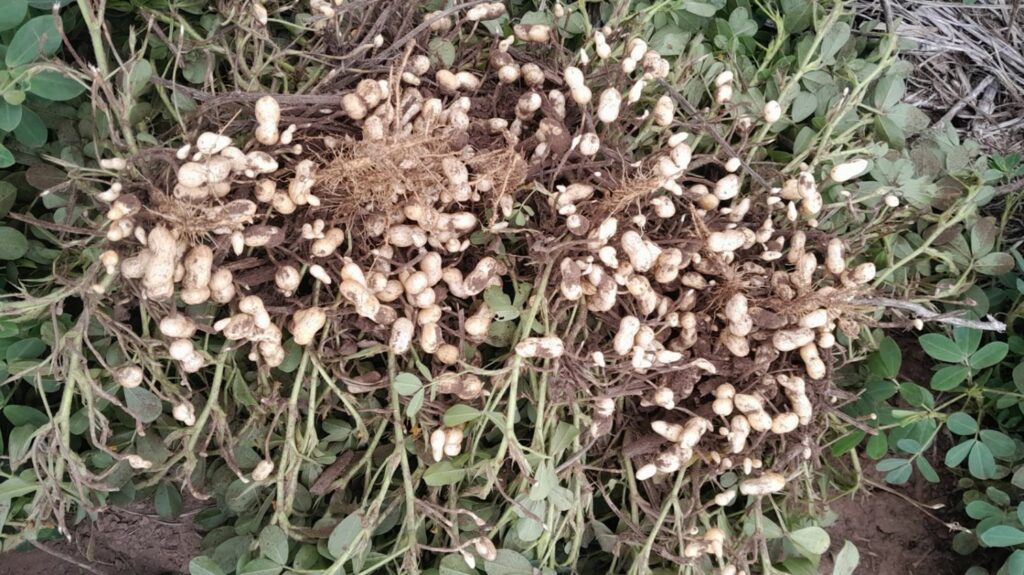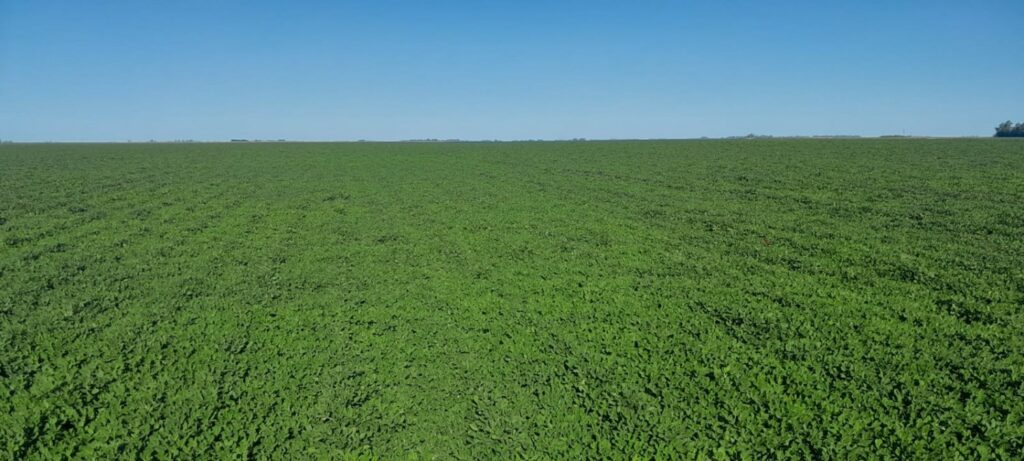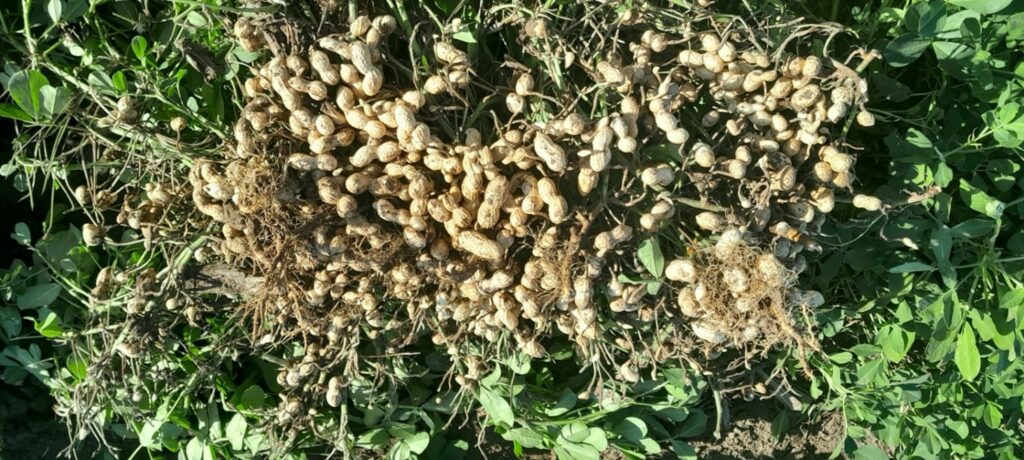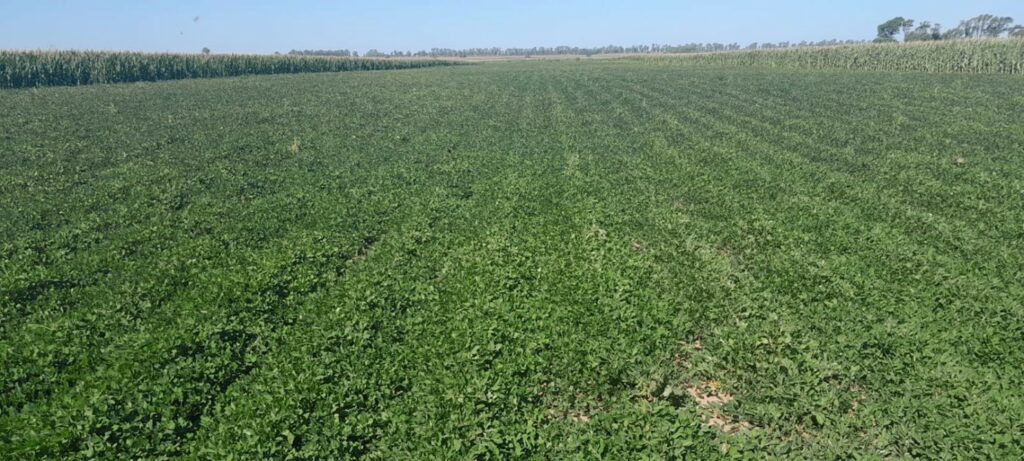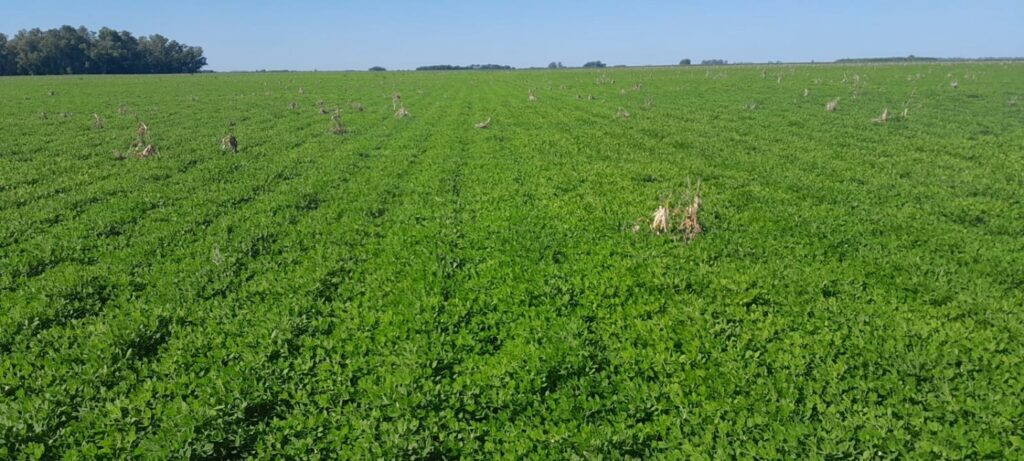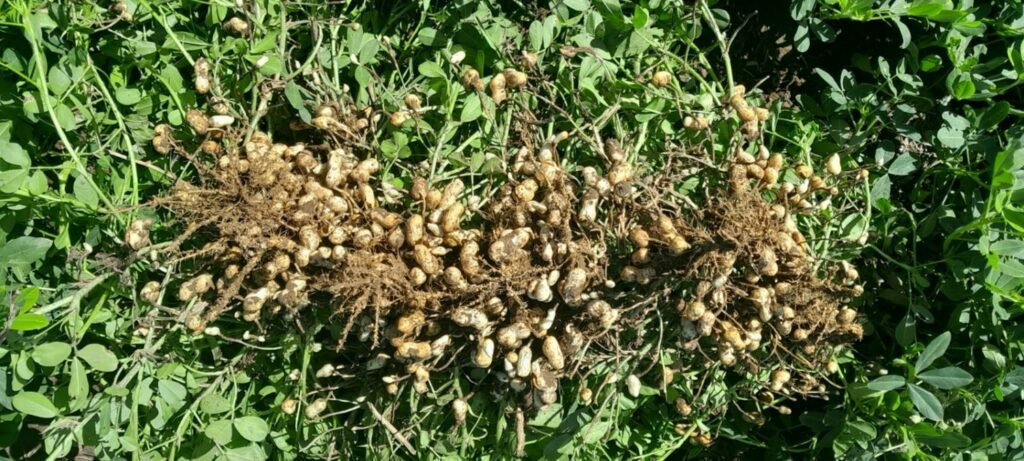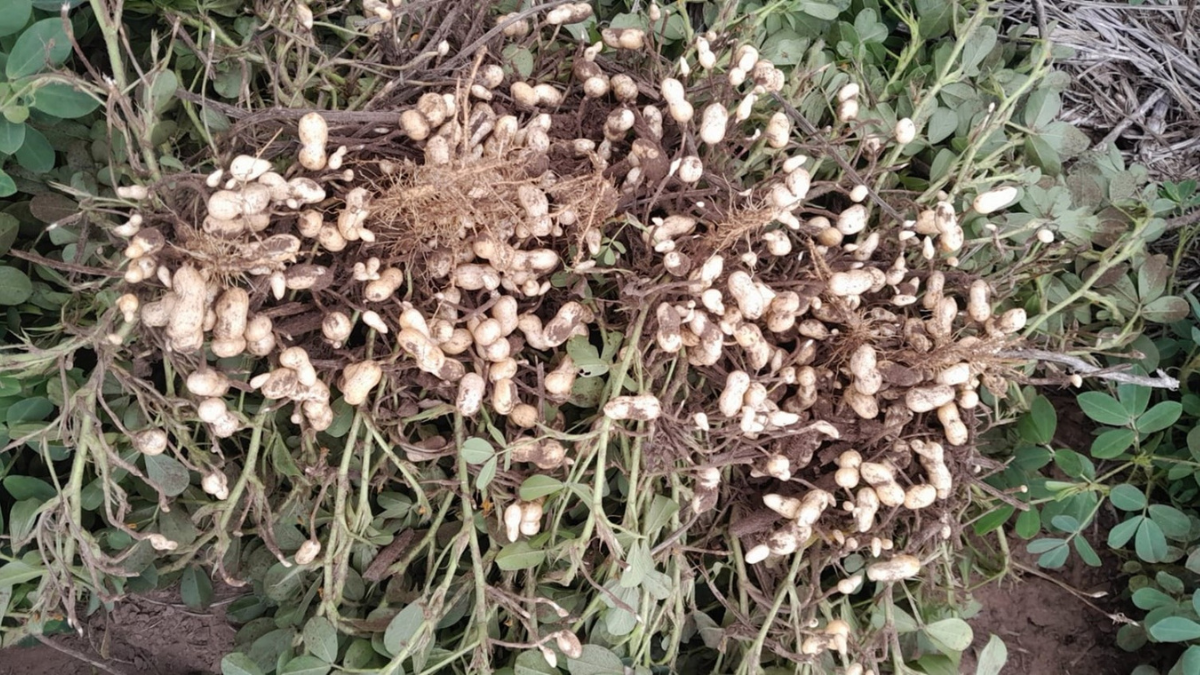5th Crop Report As Of March 12
Overview of 5th Crop Report
An analysis of the current state of the peanut crop in Argentina at the end of February reveals a heterogeneous situation in the different production areas of the country. After visiting the fields, two realities can be clearly distinguished: on the one hand, those fields that show a satisfactory development and, on the other hand, those that face challenges due to the water deficit.
During January and the first half of February, rainfall was irregular; however, towards the second half of February, the outlook changed significantly with the arrival of rains that generally benefited all crops.
The disparity in crop status is mainly due to soil conditions and irregular rainfall distribution. While some fields have managed to maintain adequate water reserves in the soil, others have experienced water deficits at some point in the crop cycle and require new rains to ensure a good yield.
In terms of disease and pest control, preventive fungicide sprays were used to control peanut leaf spot, while spider mites were targeted. At the same time, planning has begun for a third fungicide application in response to improved weather conditions.
The crop is at its most critical phenological stage, characterized by pod expansion and kernel filling (reproductive stage R5-R6), which requires optimal environmental conditions in terms of rainfall and temperature.


As shown in the comparative table below, there has been an evolution in the general condition of the crop since the February report:

Reference map of peanut-growing areas
The main peanut-growing areas in Argentina include the provinces of Córdoba, La Pampa, San Luis and Buenos Aires.

Analysis of the weather conditions for January 2024
Rainfalls:
The month of February was characterized by a significant change in the rainfall pattern, far exceeding the historical average recorded for this period. This change was particularly beneficial to summer crops, which were in a critical stage due to the water and heat stress experienced in late January and early February.
This change in climatic conditions, with a significant increase in rainfall and a redistribution of temperatures, had a favorable impact.
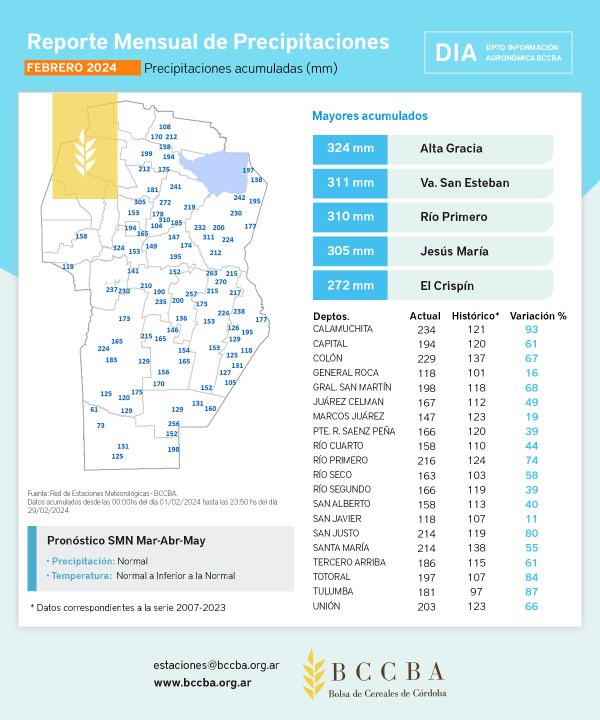
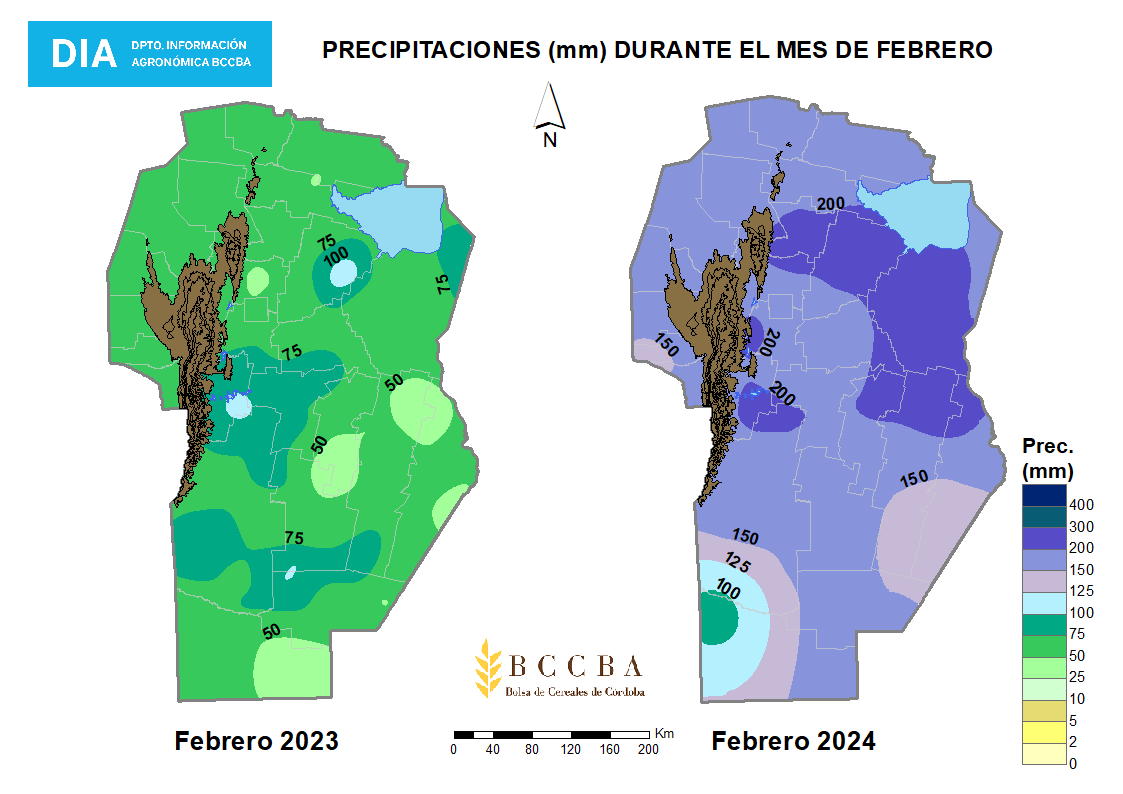
Temperatures:
Average air temperature from Cordoba Grain Exchange.
In the context of agriculture, the average air temperature is a crucial factor that affects the growth and development of crops. Plants have optimal temperature ranges for their healthy development, and significant deviations from these conditions can influence crop yields.

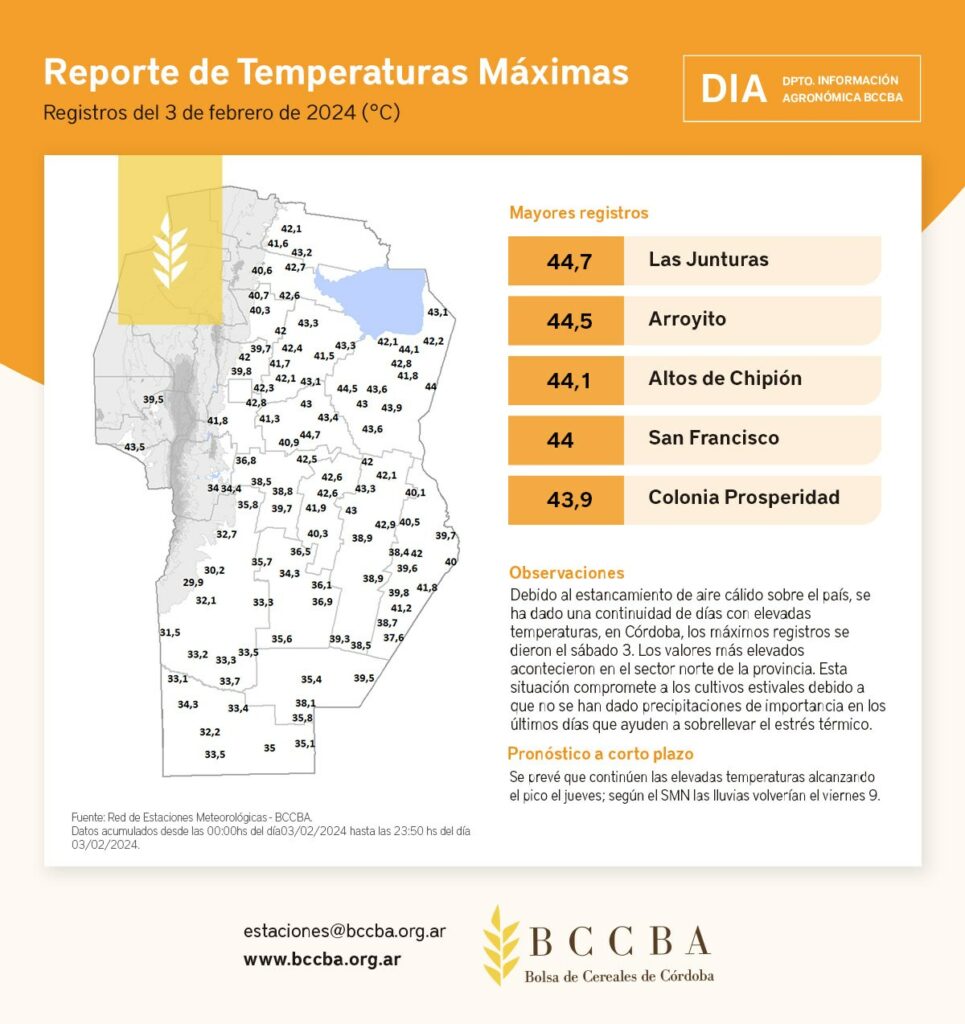
Water content of the soil
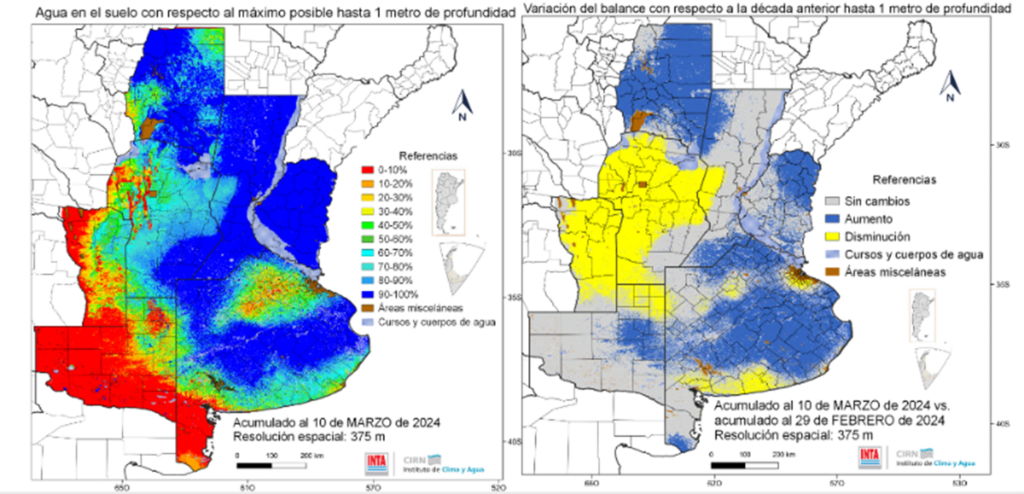
Planned field activities
Herbicide treatments to control weeds will continue to be a priority in all areas marked on our baseline. In addition, cultural work such as hand weeding will be carried out to counter the escape of weeds that may have resisted previous chemical treatments.
Water and heat stress have created conditions for an increase in the presence of spider mites, making it necessary to intensify insecticide applications to control them.
On the other hand, the second and third applications of preventive fungicides to control leaf spot were completed in all areas of our reference map.
An increase in the incidence of Sclerotinia Sp has been observed, which could pose a challenge to growers as this disease can have a negative impact on crop yield and quality if not effectively controlled.


Final Thoughts
After a thorough analysis of all the data collected, we can confirm that the current situation of the peanut crop reflects an overall positive trend. It is imperative to consider several factors that could affect performance and productivity in the coming weeks.
First, it is important to note that water availability continues to be a critical factor in the success of the crop. Although most areas have experienced favorable conditions, especially those that have received rainfall throughout the season, there are concerns in certain areas, such as western and northern Cordoba, where low rainfall could result in significant losses if additional rainfall does not occur in the short term. This concern is reinforced by the presence of Sclerotinia sp disease, the progression of which could lead to the loss of entire fields if appropriate preventive measures are not taken.
The general phenological status of the peanut crop is at an advanced reproductive stage (R5-R6). This stage is critical for proper kernel development in terms of size and quality. Any additional stress, whether due to water shortage or the presence of disease, could have a negative impact on the final yield of the crop.
Focusing on a more detailed analysis of the phenological status of the crops to date of this report, it is observed that 38% of the peanuts are in an advanced reproductive stage (R6), indicating progress in the formation and development of the kernels. On the other hand, 58% of the crops are in a grain-filled state (R5), which means that most of the plants have fully developed their pods and are in the process of weight bearing. On the other hand, it is observed that 4% of the crops are in the early reproductive stage (R4), which means that these plants are in the pod development stage. This percentage is located in the northern part of our reference map, where planting was later than in other areas.
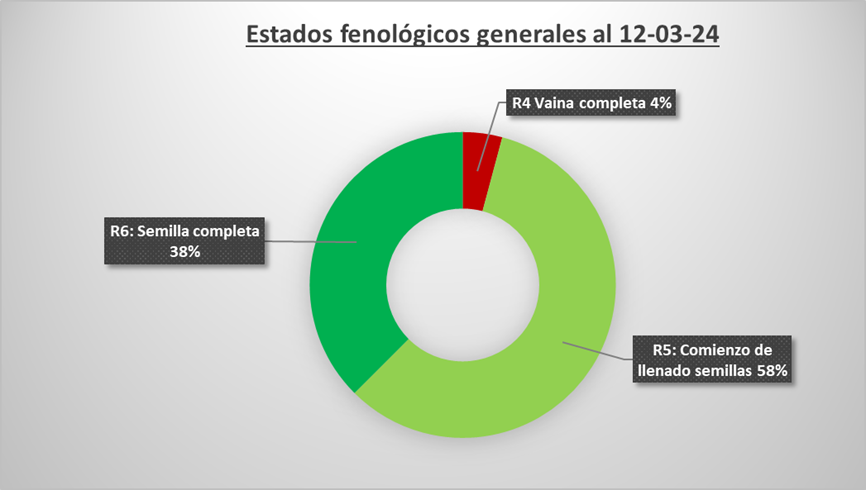
In summary, the phenological analysis shows good progress in the development of the peanut crop, with a significant proportion of plants in advanced stages of fruit production. This suggests good harvest potential provided the right water, temperature and disease management conditions are maintained to ensure optimal development to full crop maturity.
We are keeping a close eye on the short and medium term weather forecasts as the crop moves through its period of greatest water demand during kernel filling. The next few weeks will be critical in determining crop progress and setting expectations for yield and overall productivity.
To conclude this report, we believe we are looking at a decent to very good crop, but not a record one in terms of yields. A great improvement compared to last year!
